
Saddle Up for Mounted Combat and Adventures in 5E D&D
Over at Nerdarchy the YouTube channel Nerdarchists Dave and Ted saddle up to discuss the ups and downs of a mounted adventuring party in fifth edition Dungeons & Dragons. They go over things like logistics and campaign ideas highlighting mounts and mounted characters in the video. I’m eager to share what official 5E D&D material becomes crucially important as regards mounts and mounted characters. No small number of online discussions about this and many other topics often gloss over, straight up ignore or simply illustrate lack of awareness about the mechanics we’ve already got available. You can see this circumstance arise when it comes to special actions characters can do too, explored more in depth here. We’ll start with mounted combat and go from there, so let’s get into it.
Ride those mounts for ruin and the world’s ending
Whether you fancy your adventuring party as Riders of Rohan, Knights of the Round Table or a group of heroes riding pegasi for the glory of the gods of Theros the concept of a mounted party appeals to lots of players. Mounted characters can move quickly through the wilderness and carry extra equipment, and when it comes to mounted combat bring some great benefits to the table.
A rider can mount any willing creature at least one size larger spending half their speed, and if an effect moves the mount against its will the rider must succeed on a DC 10 Dexterity saving throw or fall off and land prone within 5 feet. Riders who are knocked prone while mounted follow the same procedure. If the mount itself is knocked prone the rider is dismounted and falls prone within 5 feet too, unless they use their reaction to dismount as the creature falls, landing on their feet.
Mounts and combat
In combat, intelligent mounts like dragons act independently, although there’s no specific guideline I could find to differentiate so this becomes a Dungeon Master’s call but it shouldn’t be too difficult to make a distinction. You might say any creature type other than beast, for example, or set a baseline Intelligence (4+ perhaps?). Controlling a mount requires the creature is trained to accept a rider. For untrained creatures consider calling for an Animal Handling check (the same way a character controls a mount when they attempt a risky maneuver). To determine the DC you might start with 8 + the creature’s challenge rating, if the Typical DCs chart in chapter 8 of the Dungeon Master’s Guide doesn’t suit your taste. This means controlling a griffon requires a successful DC 10 Wisdom (Animal Handling) check, or DC 21 for an adult brass dragon, which seem like reasonable difficulties to me.
Independent mounts retain their place in the initiative order and have no restrictions on their actions or movement. Controlled mounts can move and even act the same turn they’re mounted, with the action options of Dash, Disengage and Dodge. When you’re in combat astride a mount it’s critical to remember creatures can split up their movement on their turn, and their initiative matches the rider’s so it works out just fine. One of the appealing scenarios about mounted combat is the idea of the ride by attack and I’ve got a few important things to keep in mind about this.
- On your turn, take the Ready action to attack the target when you are in range. Have the mount move to the target, triggering your attack and then the mount completes its move with whatever speed remains. When you Ready an attack and use your reaction to act before the start of your next turn, if the trigger occurs during another creature’s turn you couldn’t use Extra Attack because that only works on your turn. But in this mounted combat scenario since the rider and mount share the same turn, it’s still technically the rider’s turn so I’d rule Extra Attack is totally doable.
- As an alternative procedure to the previous point, the mount can use its action to Dash to the target or away from it after the attack, with its regular move for the other half of the equation, effectively doubling the range of the ride by attack.
- Here’s a cool one — Overrun. This combat option from the DMG says a moving creature can force its way through a space occupied by a hostile creature using an action or bonus action. It’s possible to interpret the rules such that a mount’s only action options are Dash, Disengage and Dodge and if so I’d point out overrun can be a bonus action as well, something not addressed for mounts. I’d allow it. The moving creature makes a contested Strength (Athletics) check, getting advantage if it’s bigger than the hostile creature or disadvantage if smaller and if the mover wins it can move right on through that space.
Another thing worth noting is if the mount provokes an opportunity attack, the attacker can target the rider or the mount. And one last thing about mounted combat more than worth mentioning is the Mounted Combatant feat. Any character who plans to spend appreciable time in combat on a mount should weigh this one heavily. As long as a rider is incapacitated they have advantage on melee attack rolls against any unmounted creature smaller than the mount, attacks against the mount can be redirected to the rider and the mount basically gains Evasion. Excited to play a character who relies on a mount yet?
Mounts and travel
Charging into battle astride mighty mounts evokes some pretty epic imagery and scenarios. And mechanically there’s a lot to like too, with several tactical options and maneuvers available. But as effective as mounted combat can be when it comes to travel the practicality of mounts goes through the roof.
Except for monks and maybe barbarians mounts move faster than humanoids and for spans of up to an hour mounts can gallop to cover twice the usual distance for a fast pace, or 8-10 miles. If I’m honest it’s a little strange that the Travel Pace chart is the same rates for any creature, at least that’s how I understand it and I might consider that based on 30 ft. speed, adjusting accordingly. Mundane animals like riding horses have 60 ft. speed so this means at a normal pace they’d travel 48 miles in a day instead of the 24 shown on the chart, if you ruled that way. Think about something like a pegasus, with a fly speed of 90 ft. At a fast pace they might cover 90 miles in a day — and that’s a straight shot over terrain that might slow down earthbound mounts. No wonder the Heroes of the Lance could make it from Darken Wood to Xak Tsaroth in time with Forestmaster’s help!
If a DM wants to get really crazy they could consider magical creatures like pegasi to fall under the special travel options in the DMG, which translates speed granted by magic, technology or natural force into a number of benefits. Traveling a number of miles per hour equal to speed divided by 10 for however many hours traveled daily means that pegasus travels 72 miles in a day at a normal pace and 95 at a fast pace because of the one-third increase such mounts receive.
Mounts and monsters
Before wrapping up once curious thing I came across while researching this post are creatures inherently ready for mounted combat. All of these creatures include something on their stat block related to mounts. I thought I’d share them here for DMs with lots of mounted adventurers in the campaign. Give your monsters a fighting chance against the heroes and their mounts! (Also overrun those parties without any mounts. You’re welcome.)
- Duergar Kavalrachni (CR 2). Out of the Abyss
- Bullywug Royal (CR 3). Ghosts of Saltmarsh
- Dark Tide Knight (CR 3). Princes of the Apocalypse
- Burrowshark (CR 4). PotA
- Nightveil Specter (CR 10). GGtR
- Archon of the Triumvirate (CR 14). Guildmaster’s Guide to Ravnica
- Ashen Rider (CR 16). Mythic Odysseys of Theros
I would be remiss (and terrible and self promotion too!) if I didn’t point you towards Chimes of Discordia: Fantastical Mounts because the whole book is dedicated to this very concept. Fantastical Mounts includes five new and unique mounts ready for your 5E D&D game with rules as regards trade goods, training and adding flavor to your campaign world. There’s even multiple versions of the different mounts. When you sign up for Nerdarchy the Newsletter you even get a special coupon worth $9.99 too so you can get all those mounts for free with a few bucks to spare. Check it out here.





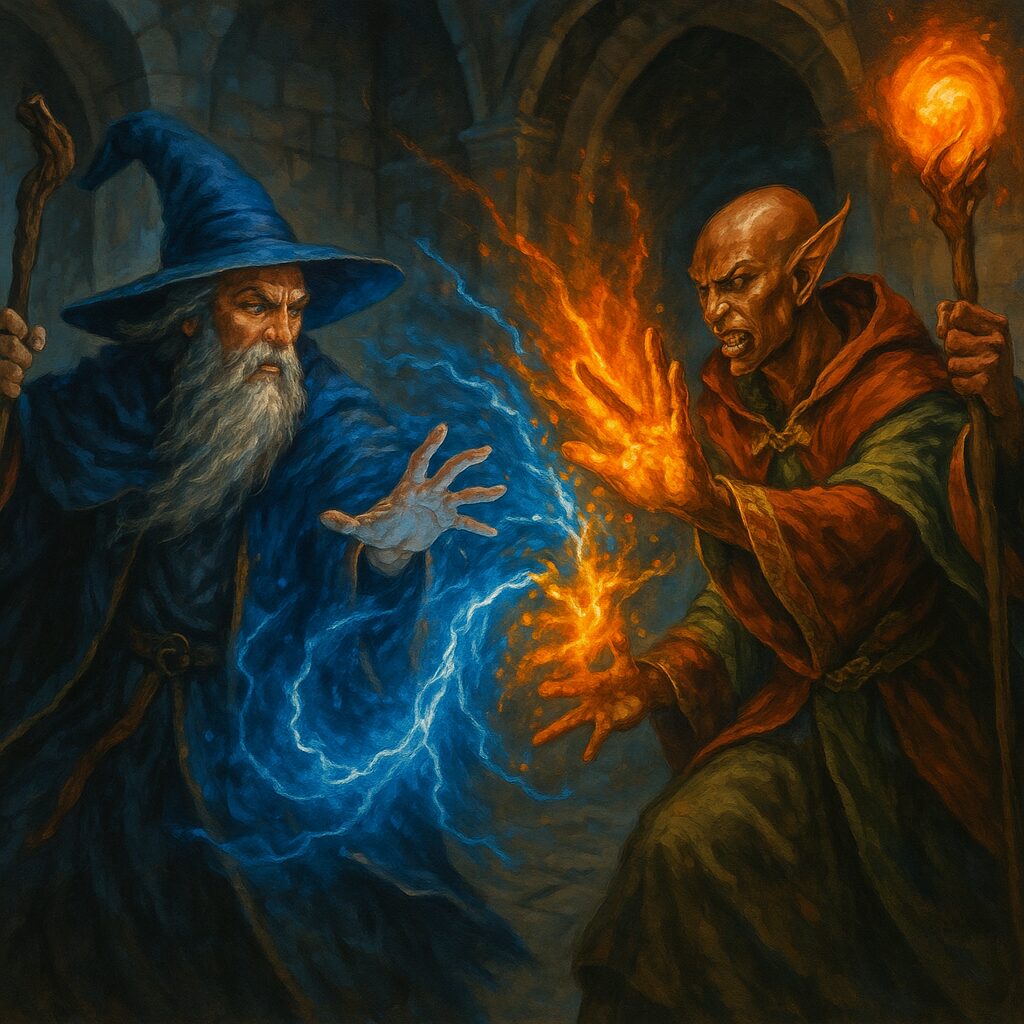
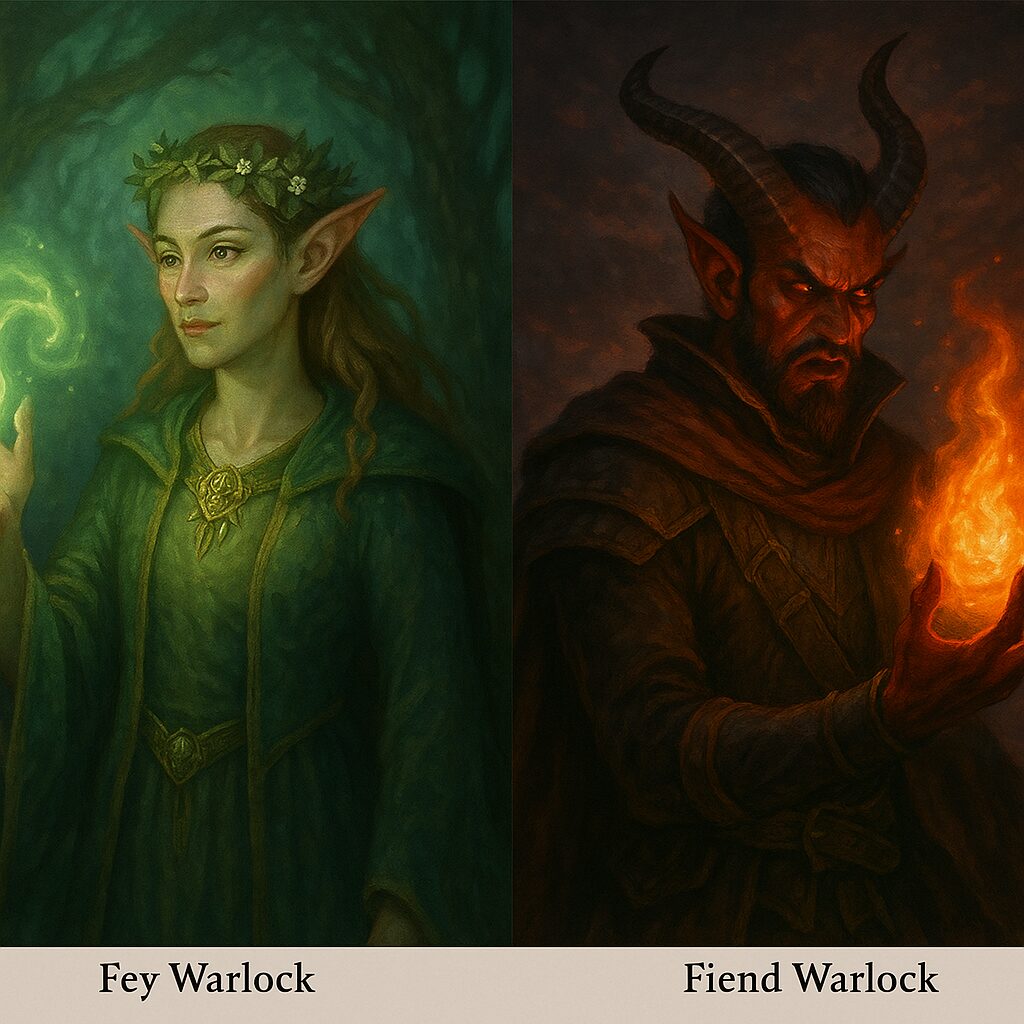
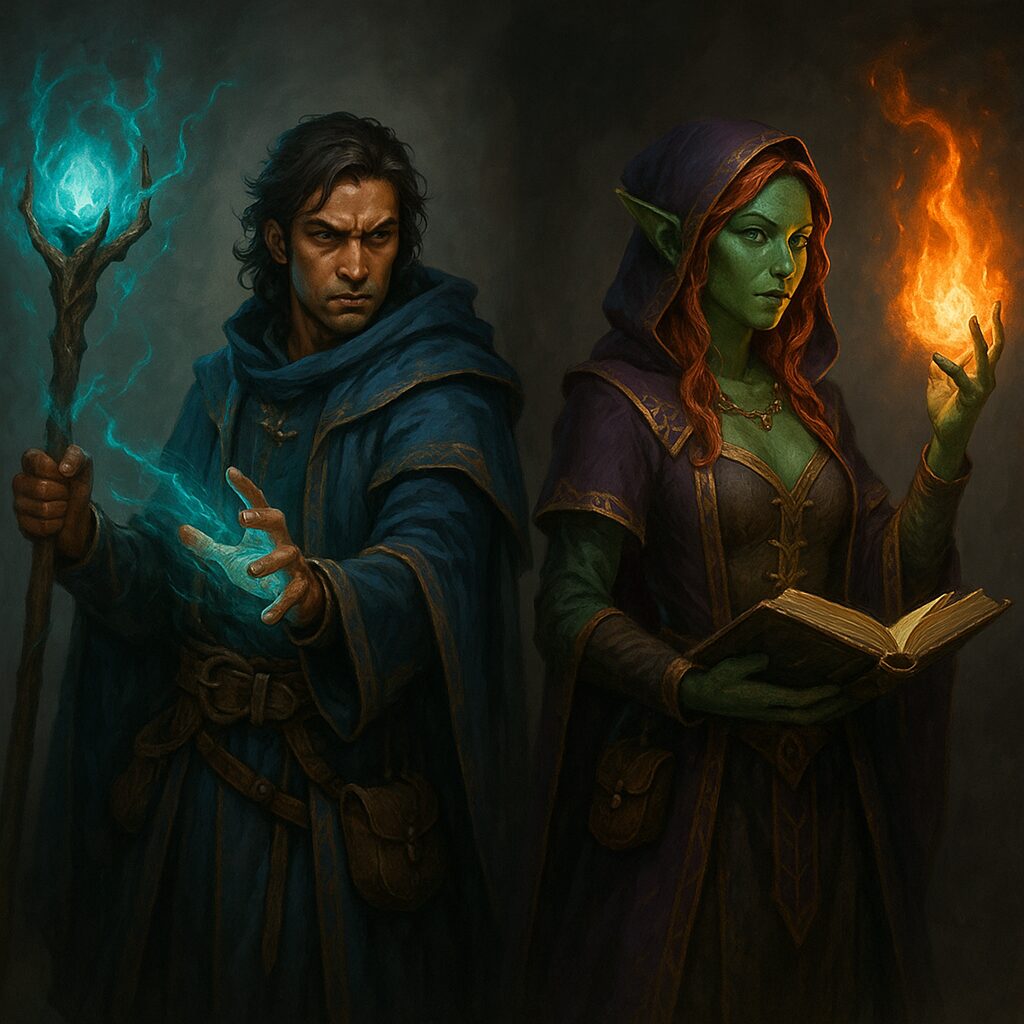
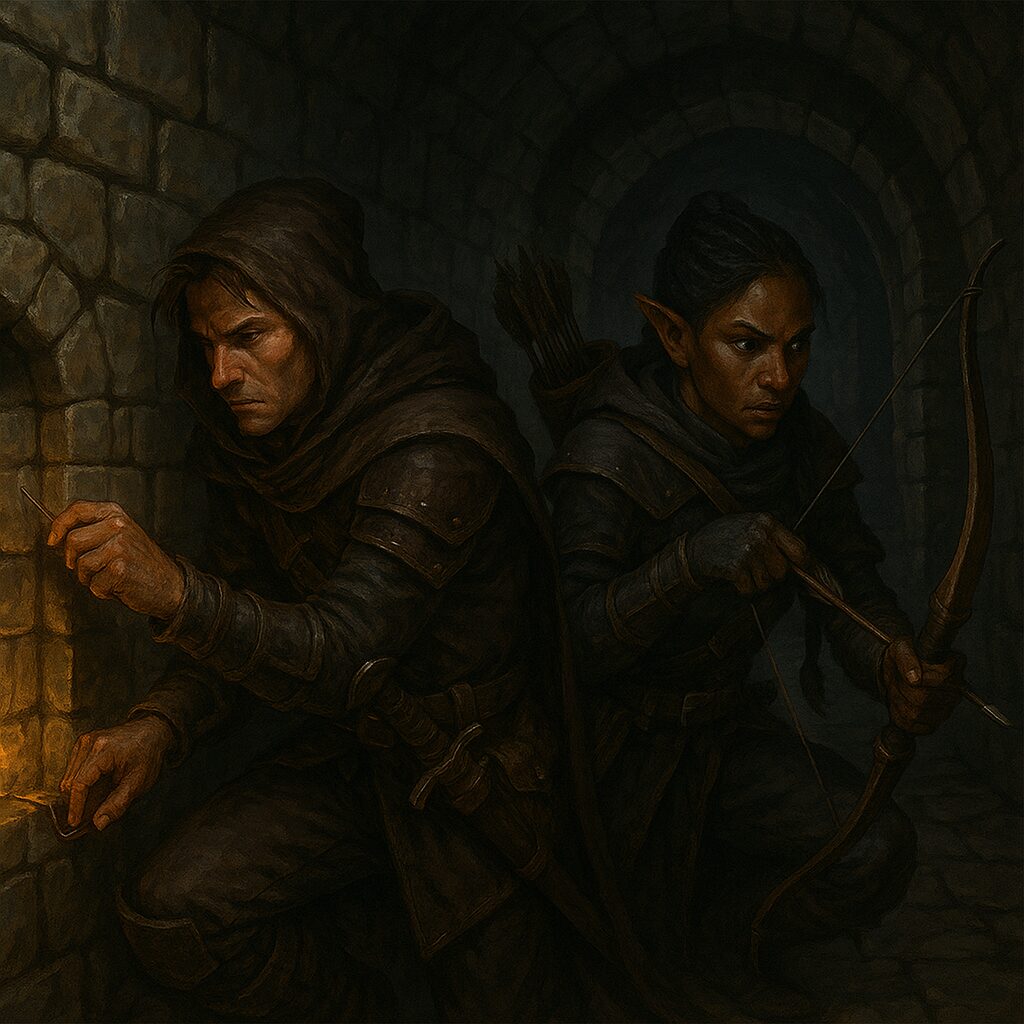
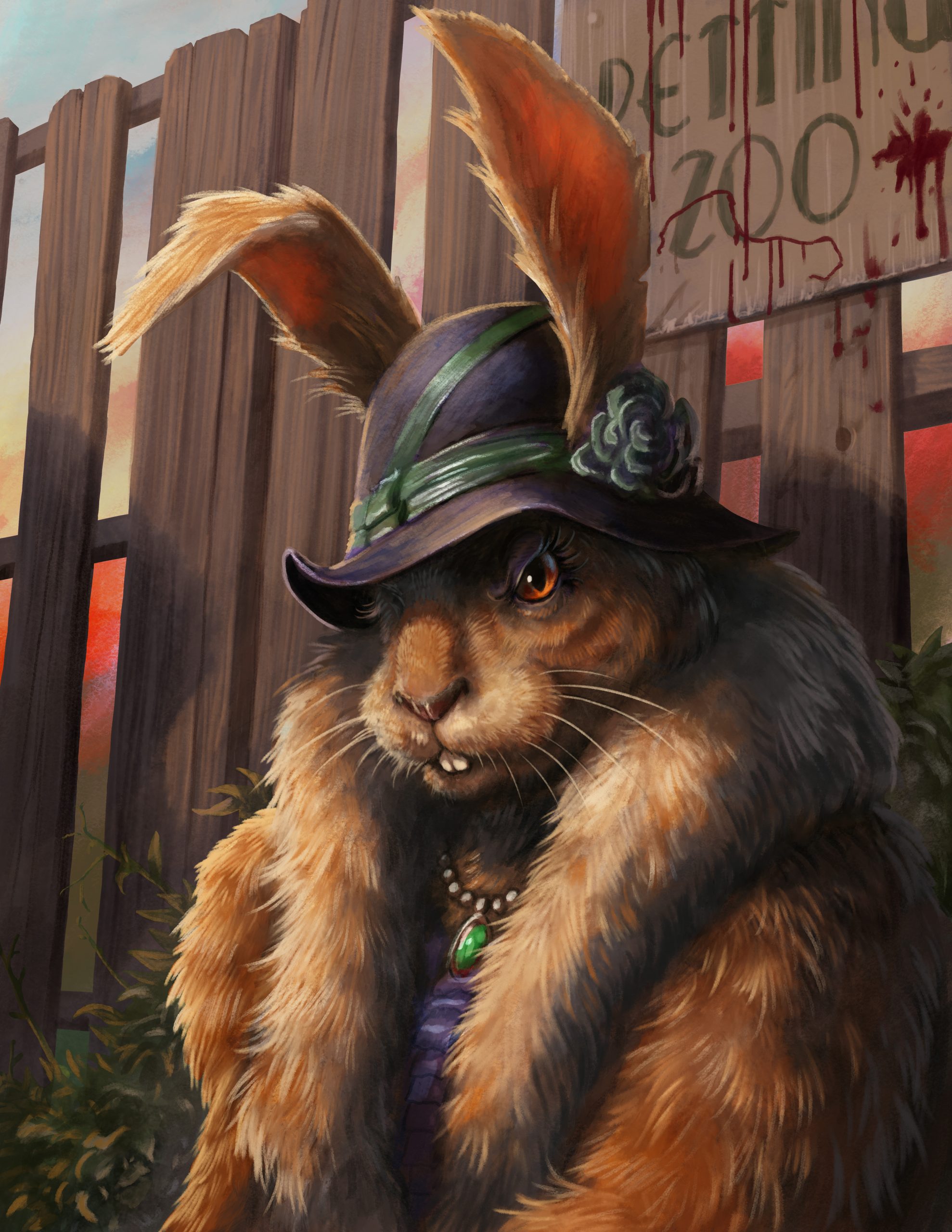
Pingback: All About Bags! – Nerdarchy
March 5, 2021 at 7:15 pmPingback: Best in Show 5E D&D Magic Items for Rangers – Nerdarchy
March 23, 2021 at 11:59 amPingback: Move over Kangaram, here comes the Mountain Glider(Quetzels) – Nerdarchy
December 13, 2024 at 6:09 pm